Today, we continue to discuss the fascinating aspects of Traditional Chinese Medicine (TCM), where pulse diagnosis can reveal discomfort in the body. Theoretically, this can save a lot on examination costs. However, in large hospitals, one must undergo a comprehensive examination with instruments to feel reassured! Despite the availability of modern instruments, we must not abandon our traditional skills; otherwise, it wouldn’t feel like TCM, right? This article is a bit lengthy, so please be patient while we explore pulse diagnosis!
Distinguishing Between Chronic and Acute Illnesses Through Pulse and Complexion:
In acute illness, the complexion does not change, while in chronic illness, the complexion will change.
If the pulse remains unchanged but the color changes, it indicates chronic illness.
If both the pulse and color change, it indicates chronic illness.
If the pulse becomes smaller but the color remains unchanged, it indicates acute illness.
If both the pulse and color are normal, it indicates acute illness.
The liver pulse (gan xian mai) and kidney pulse (shen chen mai) are of equal size; normally, the guan pulse (guan mai) is weaker than the chi pulse (chi mai). At this time, the strength of the guan and chi pulses is the same, and the patient’s complexion shows a mix of blue and red, indicating internal bleeding that is not visible externally!

– Whether external or internal injury, do not take cold showers!
Regardless of whether there is an external or internal injury, do not wash with cold water. If you must bathe, it is best to use hot water. It is advisable not to bathe on the same day, as the wind can affect you. Instead, use a warm towel to wipe your body, as the combination of blood stasis and cold can worsen the condition!
Key Points of Basic Pulse Diagnosis:
– Differentiating Between Weak and Strong Pulses:
When pressing firmly to the bone, if the pulse disappears, it is a weak pulse.
If the pulse remains when pressing firmly to the bone, it is a strong pulse.
– Yin Pulse and Yang Pulse:
Compare the upper and lower positions, as well as the cun and chi positions, to differentiate between yin and yang.
– Insufficient Pulse Qi:
When pressing the pulse to the bone, if the pulse feels weak, it indicates insufficient pulse qi. The patient may experience lumbar pain and numbness in the body.

Pulse Diagnosis and the Five Organs:
Chi Pulse: Divided into three areas: the middle chi corresponds to the ribs, the outer chi corresponds to the kidneys, and the inner chi corresponds to the abdomen.
Guan Pulse: The left hand’s guan area corresponds to the liver, while the inner side corresponds to the diaphragm. The right hand’s guan area corresponds to the stomach on the outer side and the spleen on the inner side.
Cun Pulse: The right hand’s cun area corresponds to the lungs, while the inner side corresponds to the chest. The left hand’s cun area corresponds to the heart, while the inner side corresponds to the mediastinum.
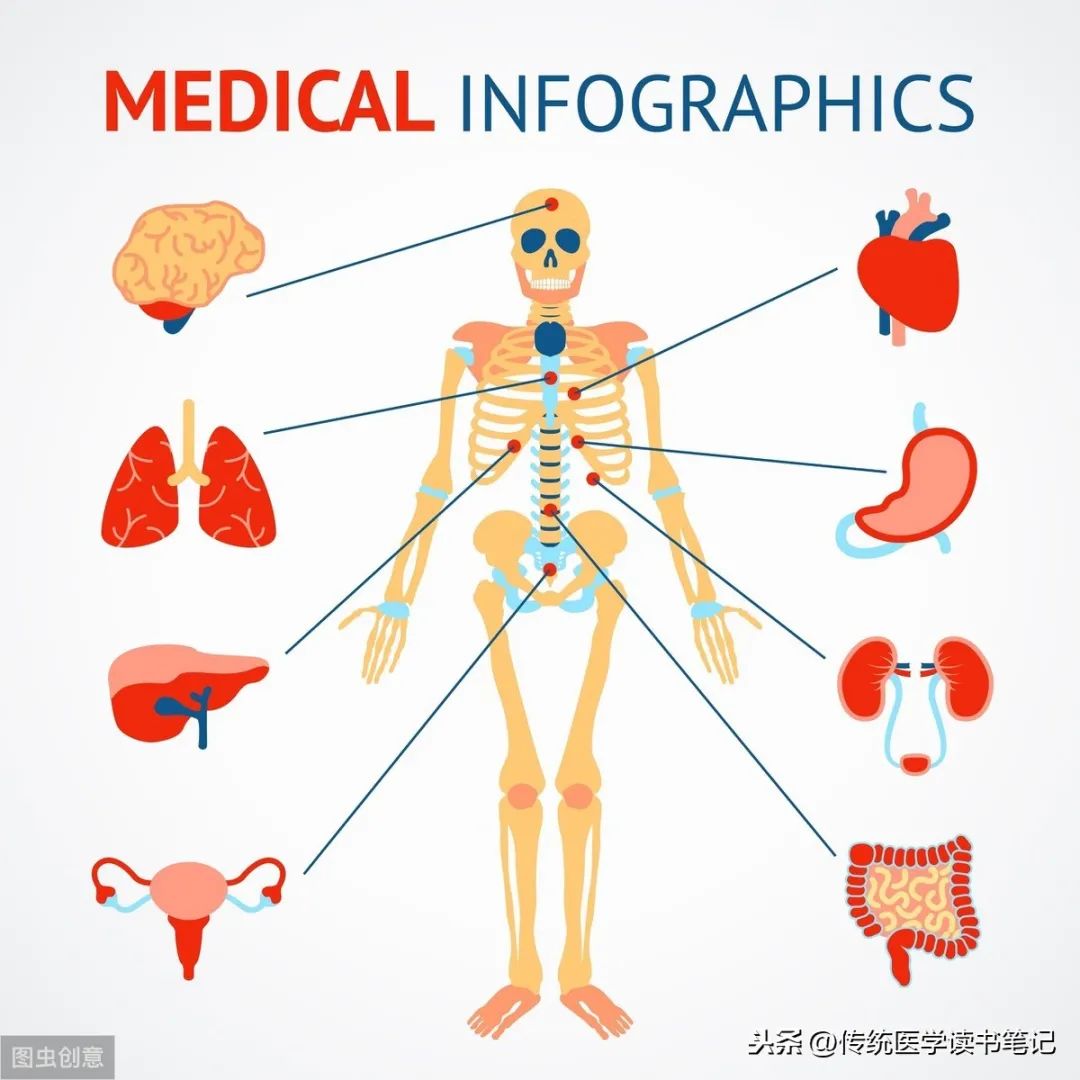
Pulse Position Correspondence with the Body:
The higher the pulse, the illness is above; the lower the pulse, the illness is below.
If the cun pulse rises to the position of the ball of the thumb, it indicates an illness in the throat. If the chi pulse drops more than an inch, it indicates an illness in the lower cavity or even down to the feet!
“Upper Excess and Lower Deficiency” and “Upper Deficiency and Lower Excess”:
For headaches, the pulse shows upper excess and lower deficiency. The cun pulse is very strong, rising, while the lower pulse is normal, indicating the illness is above, which is termed upper excess and lower deficiency!
If the cun pulse is weak and the chi pulse is strong, it indicates insufficient chest yang, which may present with aversion to wind. This is termed upper deficiency and lower excess!
The position above indicates a problem in the upper jiao. If the upper jiao is deficient, the lungs govern chest yang, and the lungs control the skin and pores. If this area is deficient, the patient will be averse to wind and cannot be directly exposed to wind, indicating damage to yang qi.
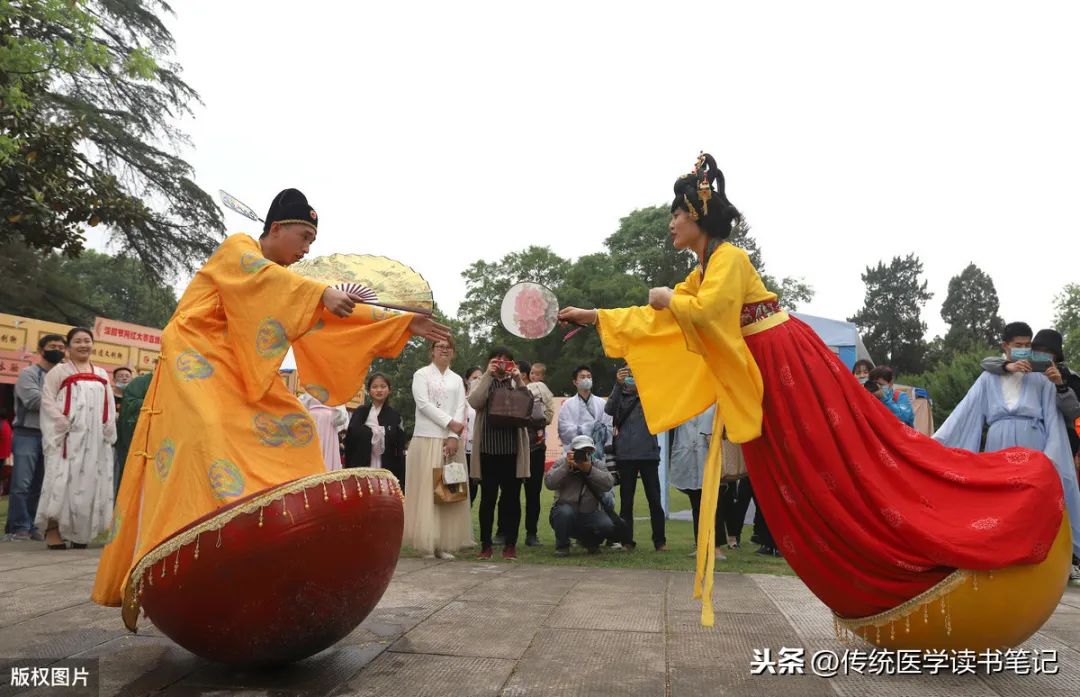
Pulse Diagnosis: Heat in the Body or Cold Extremities?
– Insufficient Yin with Excess Yang, Heat in the Body!
If the pulse is large (the pulse is on the skin surface, pressing hard makes it large, and reducing the pressure slows it down, termed rapid pulse), it indicates insufficient yin and excess yang! Note that at this time, the pulse is within one inch and nine-tenths, indicating heat in the body! If both the upper and lower pulses are large, exceeding the ball of the thumb and chi, it indicates a true organ pulse; refer to previous chapters for discussion on true organ pulses.
– Shaoyin Yang Collapse, Cold Hands and Feet!
If all pulses are simultaneously deep, thin, and rapid, the deep and thin pulse indicates kidney pulse, while the rapid pulse indicates heat, indicating shaoyin yang collapse! At this time, the pulse can be felt at the bone edge, still feeling thin and small; the bone represents the kidneys, which can cause cold hands and feet!
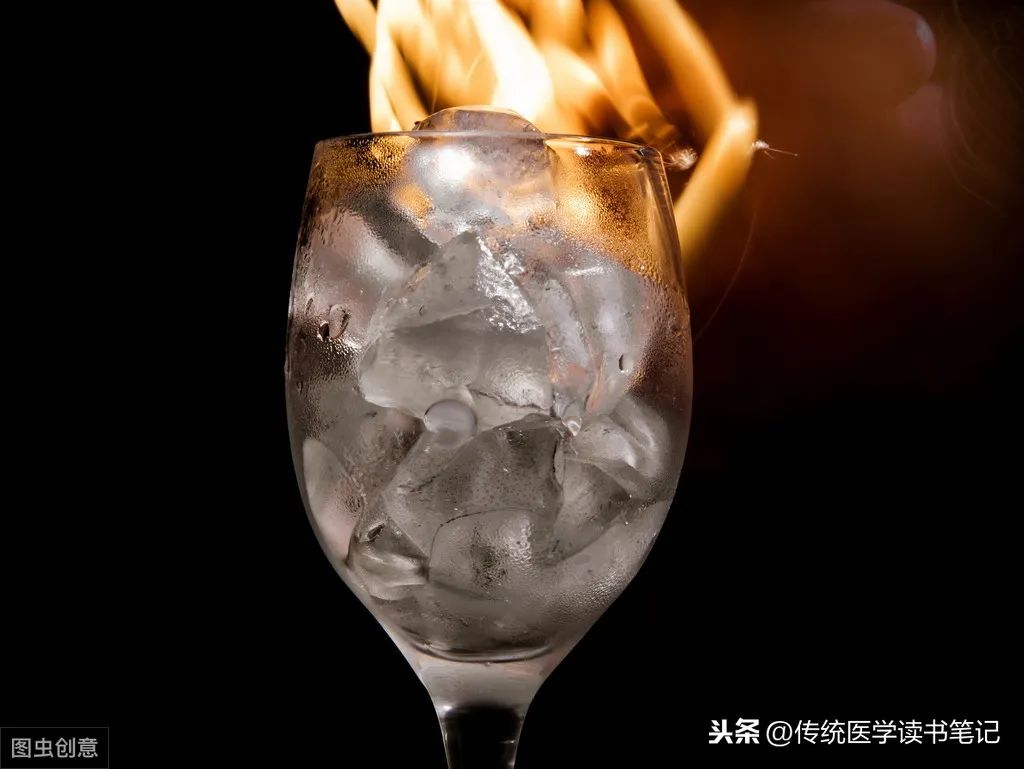
Attached Bone Pulse Indicates Accumulation, Beware of Tumors!
When pressing the pulse, if the fingers and bone are touching and the pulse is still beating, it indicates that something is accumulating inside the body, termed attached bone pulse. If this is at the liver pulse position, pressing to the bone and feeling the attached bone pulse indicates a tumor in the liver!

Thin and Scattered Pulse Indicates Cold and Heat
This means that the pulse is very thin and does not stay fixed in one place, indicating cold and heat.
Floating and Scattered Pulse, Frequent Fainting
Normal yin and yang are balanced; when the pulse is floating, it indicates excess yin and deficient yang. At this time, yin cannot secure yang, and yang will rise and scatter. When we feel the pulse, yang is floating upwards, making it easy for the person to faint. Clinically, some patients frequently faint, waking up feeling fine, but when they go to the hospital, no cause can be found; this is actually due to yang not guarding!
Note that the pulse is floating but not dry. What does not dry mean? As discussed in previous chapters, a normal pulse beats five times with each breath (based on the doctor’s own breathing: two beats on inhalation, two on exhalation, and one in between). If it beats more than five times, for example, seven times, this is termed dry pulse! A floating but not dry pulse indicates a yang condition!
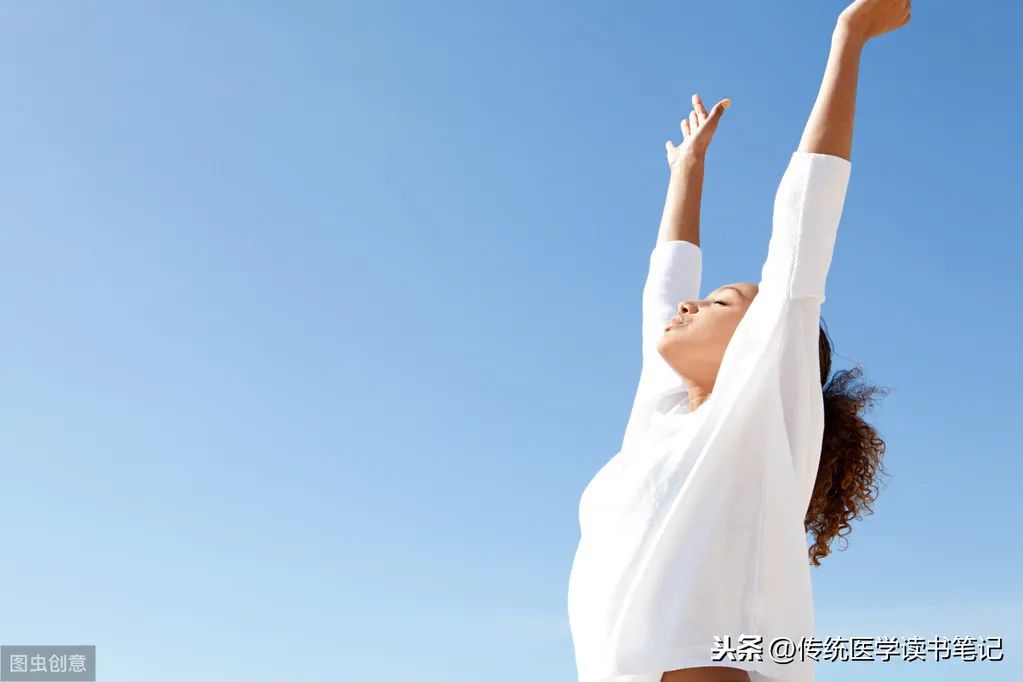
Sudden Changes in Pulse Indicate Yang Issues:
A normal pulse has a rhythm and is stable. If it suddenly speeds up or slows down, it indicates a problem with yang!
Dry Pulse and Slippery Pulse Are Opposites
– Dry Pulse: Insufficient Yin with Excess Yang
The pulse feels rough; when pressing to the bone, the pulse is not a single line, like a soft plastic water pipe with insufficient water. When you press one side, the water moves to the other side, indicating insufficient blood flow, which is a sign of insufficient yin, leading to excess yang.
– Slippery Pulse: Excess Yin with Insufficient Yang
The pulse comes quickly, and you can feel the blood vessel is very strong, with qi pushing the blood flow smoothly. This smoothness is felt through the angle of the pulse; the three fingers should be inclined, with the cun pulse higher and the chi pulse lower, allowing you to feel the smoothness of the pulse, which is very important!
Yin and yang must be balanced; when yin rises, yang falls, and when yang rises, yin falls! Therefore, if the patient has excess yin, using some yang herbs will naturally reduce the yin! When yang is secured, yin will naturally return; it is not about forcibly replenishing yin. When the yin organs have issues, once the patient is treated, they will generally feel hungry at night, indicating improvement!

Excess Yang Qi with No Sweating, Excess Yin Qi with Aversion to Cold
– Excess Yang Qi, Body Heat with No Sweating:
Excess yang qi can secure the exterior, closing the pores. Because of the excess yang, the body feels hot, but the pores are closed, preventing sweating, hence the body feels hot with no sweating.
– Excess Yin Qi, Sweating with Aversion to Cold:
Excess yin qi indicates insufficient yang. Insufficient yang cannot secure the exterior, leading to sweating, and because of insufficient yang, the person feels cold and has an aversion to cold!
– Both Yin and Yang in Excess, No Sweating with Aversion to Cold:
No sweating indicates excess yang, while aversion to cold indicates excess yin.
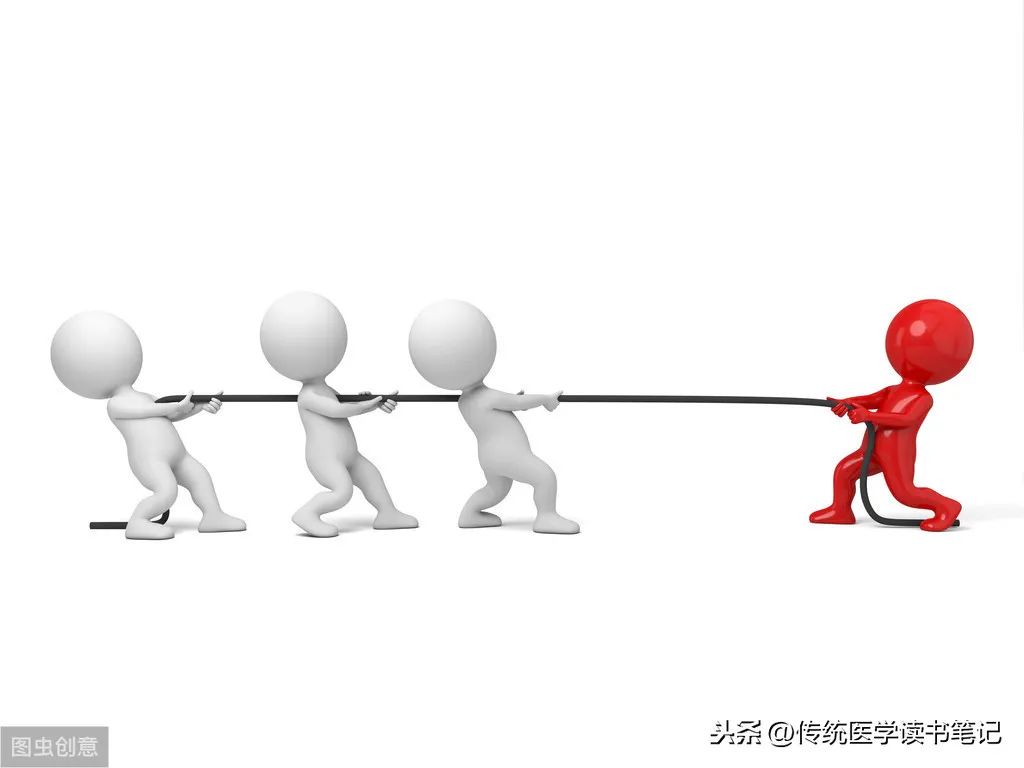
Pulse Diagnosis Techniques: Pushing Inward and Outward, Up and Down:
Pulse diagnosis can also involve pushing the pulse inward or outward. When the middle finger presses on the guan pulse, the pulse may show no response.
– Pushing Inward and Outward:
If pushing outward, and the pulse remains still, it indicates internal accumulation!
If pushing inward, and the pulse remains still, it indicates internal heat!
– Up and Down:
When the middle finger presses on the guan pulse, if the cun pulse can be felt but the chi pulse cannot, it indicates cold in the lower jiao!
When the middle finger presses on the guan pulse, if the chi pulse can be felt but the cun pulse cannot, it indicates a headache!

Observation, Inquiry, Auscultation, and Pulse Diagnosis: What If You Can’t Feel the Pulse?
To observe and know is divine; to inquire and know is skilled; to feel and know is clever. This indicates that observation is the most powerful; just by looking, one can identify the problem, which is the most impressive! Relying on pulse diagnosis is merely a skill! Therefore, among the four examinations, pulse diagnosis is the least important. When the pulse does not match the observations, inquiries, and auscultation, the pulse should be disregarded! This is because the pulse is greatly influenced by mood! Thus, the ancients said that pulse diagnosis is best done at dawn, but in reality, no one can achieve this unless a wealthy person hires a private doctor!
Therefore, learning TCM diagnostics, pulse diagnosis is not extremely important. If you look closely at the doctors in hospitals, how many can actually feel the pulse? I don’t think many! They might just be pretending! After all, if a TCM doctor doesn’t take your pulse, patients feel they are not real TCM doctors, haha! This is a technical skill that requires practice to gain insight; practice leads to true knowledge!
Author’s Profile:
Online Name: Ban Xia
Educational Background: Master’s degree from Tongji University, exchange student at Sun Yat-sen University in Taiwan.
Bachelor’s in Pharmacy, Master’s in Management
Professional Qualifications: Licensed Pharmacist, Psychological Counselor
Work Experience: Many years in the field of medical education
Hobbies: Reading, especially enjoys TCM-related books.

